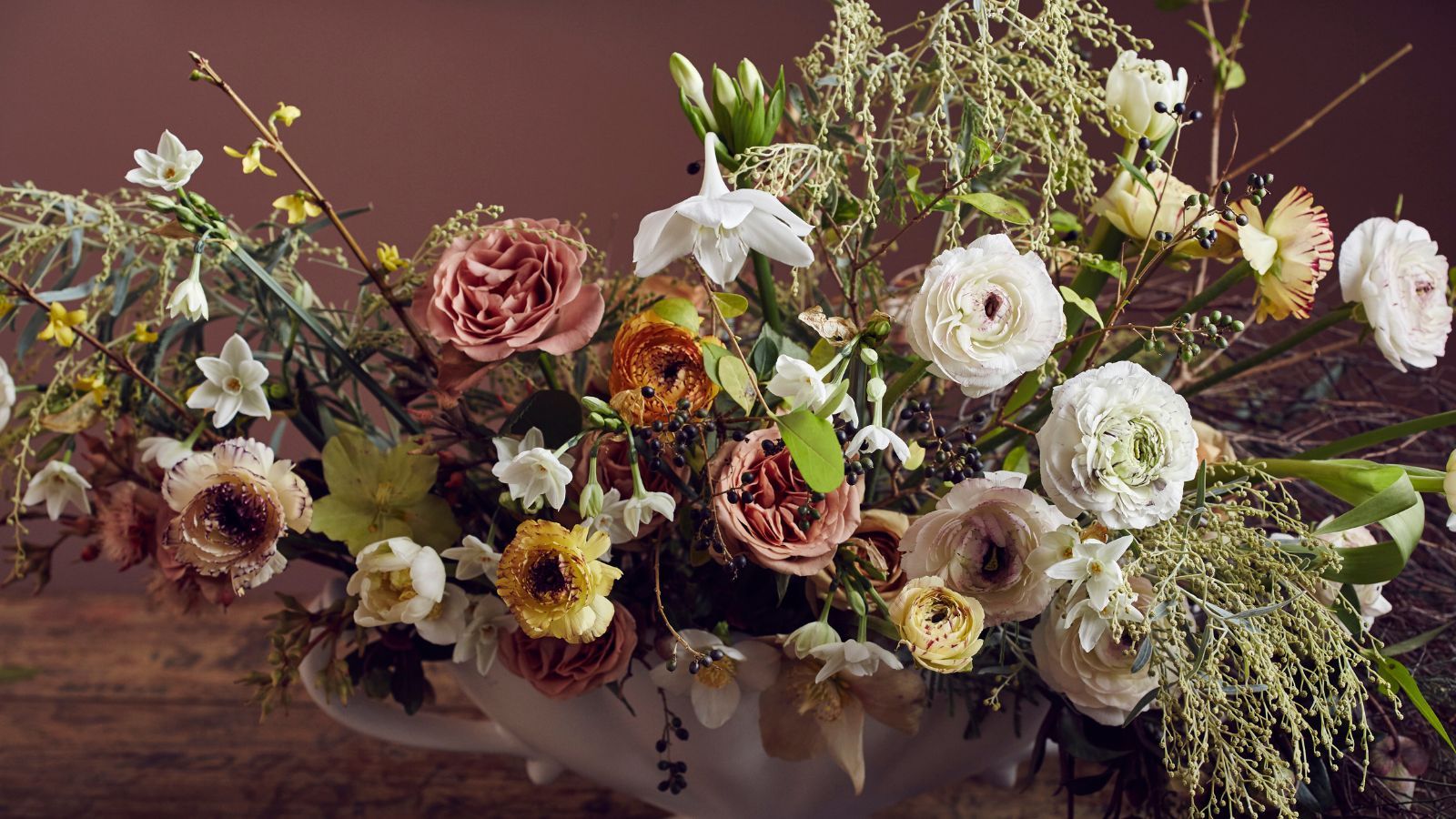
This expert advice on how to arrange flowers is so easy to follow that you'll find yourself bookmarking it to come back to every time you snip some blooms from your garden or grab a fresh bunch from your local florist until you've mastered the craft.
As this is a general guide, there are no set flowers or foliage prescribed; you can use whatever is in season to try your hand at decorating with flowers to create a professional-looking arrangement quickly and easily, varying the color palette and style to suit your interiors, the event or celebration you're planning.
1. Choose a color palette
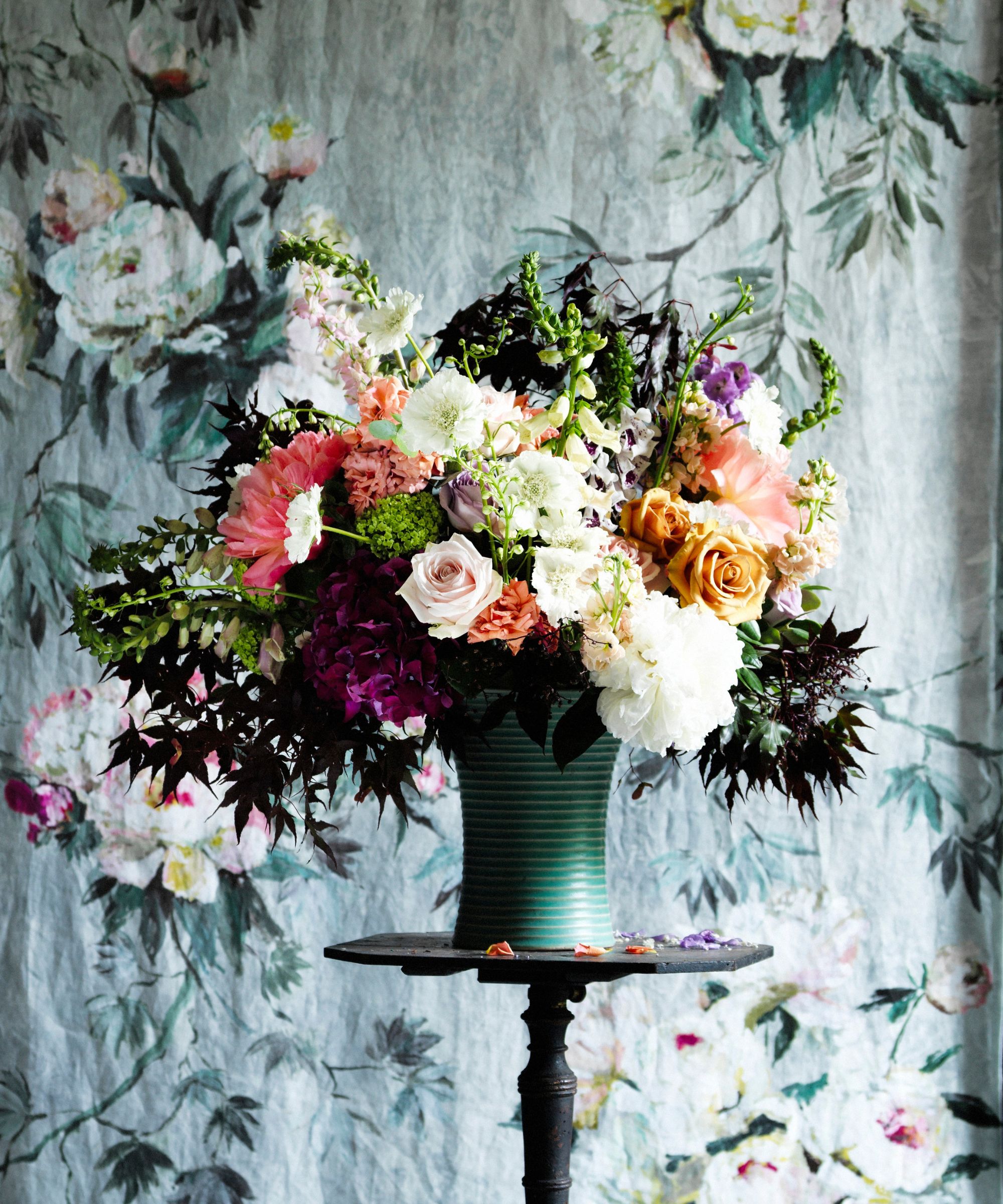
When choosing your flowers, for best results, always use what is in season – we have a guide to the best cutting flowers to grow if you are planning a cut flower garden of your own at home.
'Stick to a color palette, such as soft pastels, vibrant brights, or whites and greens, for a cohesive look,' says our Head of Gardens, floral designer and cut flower expert, Rachel Bull.
'We advocate for a restrained color palette to create a sophisticated and elegant look. Work with different shades of a color – think peach, orange, terracotta and coral, for subtle depth. For a more modern and dynamic look, bold contrasts, like burgundy and lime green, can make a real impact,' adds Gerry Rogers, Founder of Petal's Edge Floral Design
2. Select a vessel
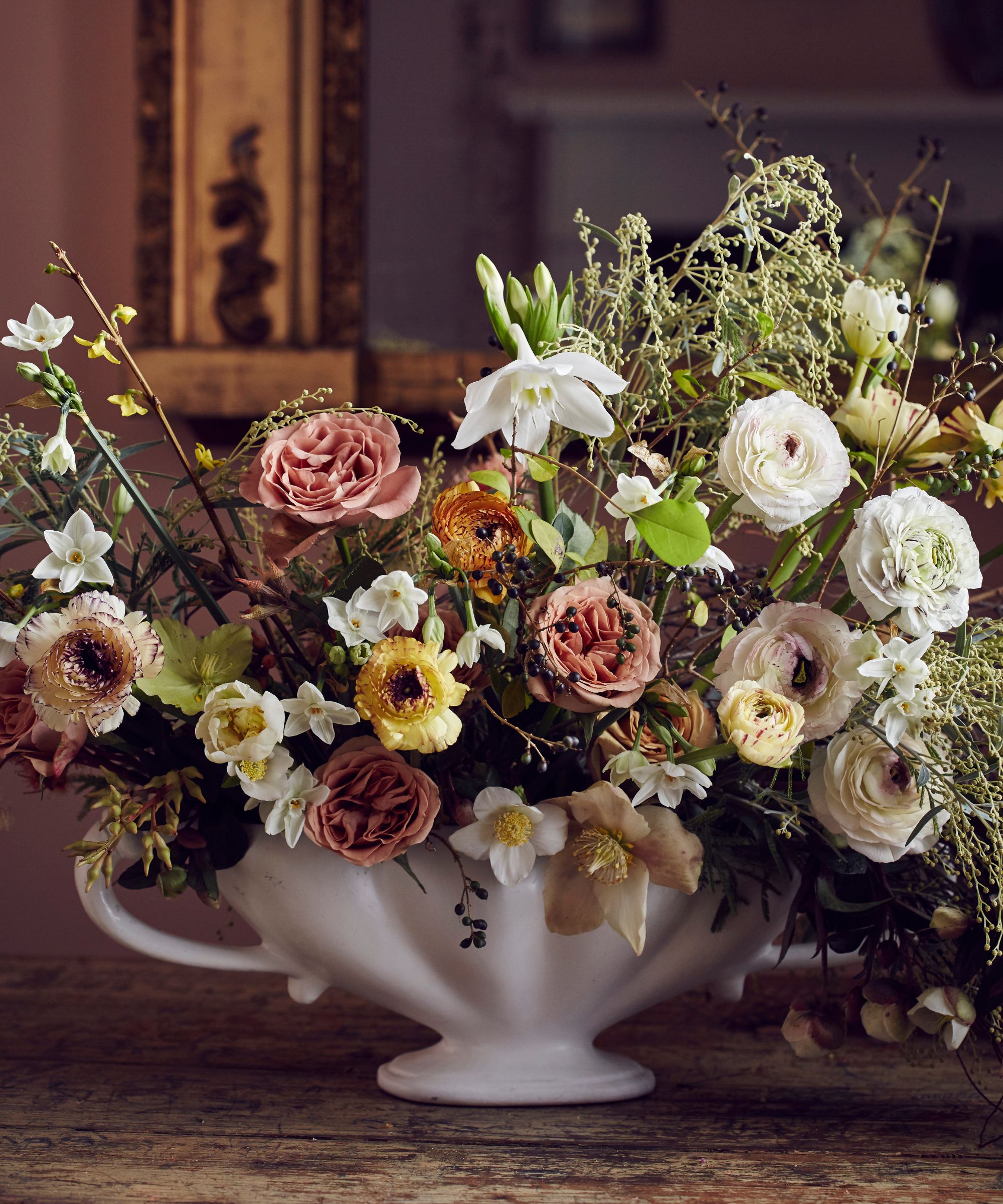
'From a design perspective, you want your stems to be around 1.5 times higher than your chosen vase,' says Head of Gardens, Rachel. 'Measure your stems against the vase before cutting to make sure you don’t go too short – although a few shorter or trailing stems always looks lovely around the edges, to break the line between your display and container.
'Vases with narrow necks are always easier to design directly into, as they will hold your flowers in place more easily than a very wide-necked vessel,' adds Rachel.
Almost anything will work as a vase or container for your arrangement, from vintage jugs to jam jars for small posies – just scale down the size of the flowers you select and switch out larger leaves for smaller ones, or even herbs, such as sage, mint or rosemary. You can scroll down to shop our favorite vases.
'Low ceramic bowls are great for full, lush centerpieces. Tall glass vases work best with long-stemmed flowers like gladiolus or delphinium. Want something casual or wildflower-inspired? A Mason jar or vintage pitcher works wonders,' suggests Adrian Aviles, Owner of Athletic Club Flower Shop.
3. Prep your flowers
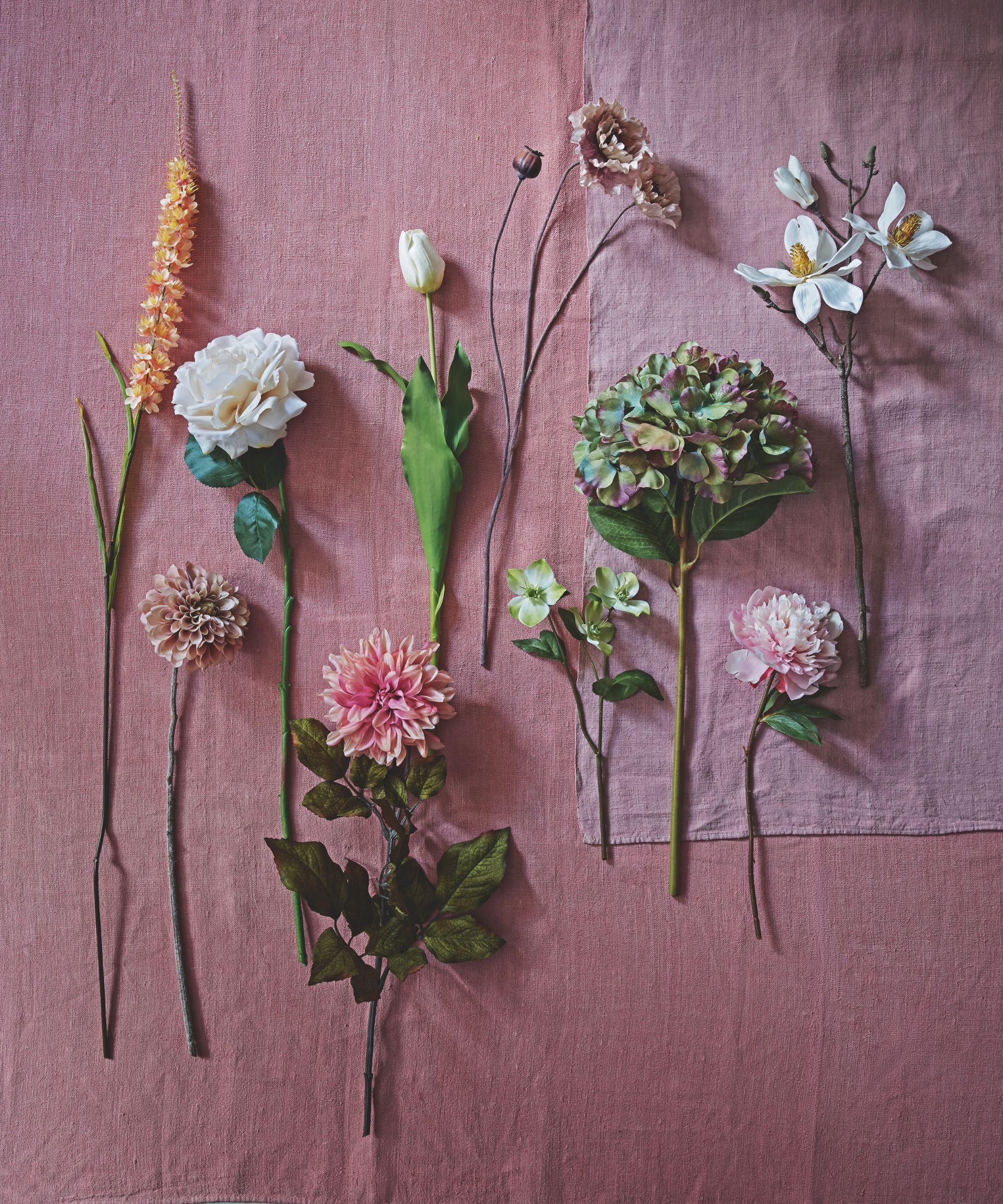
'Cut your flower stems at a 45° angle with clean scissors or a floristry knife,' says Head of Gardens, Rachel Bull. 'Always cut on the diagonal as this gives a larger surface area for your flower to take up water. It also means the stem will not sit flush to the bottom of your container, allowing for greater water uptake.'
'I always leave my conditioned flowers to drink for at least three hours before arranging them. You will see your stems perk up, and it will be a lot easier to design with them when they are fully hydrated.'
May Zegarelli, Ocean Fog Farm Owner and Floral Designer, adds, 'the care required varies for different flowers. Woody branches need warm-hot water to get them to drink, while cold water is used for flowers such as snapdragons. Most flowers need some time in a cool, dark environment to drink, before arranging.'
Top tip: 'Remember to strip all foliage from stems that would fall below the water line to prevent bacterial growth. For woody stems like lilac, try a vegetable peeler to strip some of the bark,' suggests Floral Designer, Gerry Rogers.
What you will need
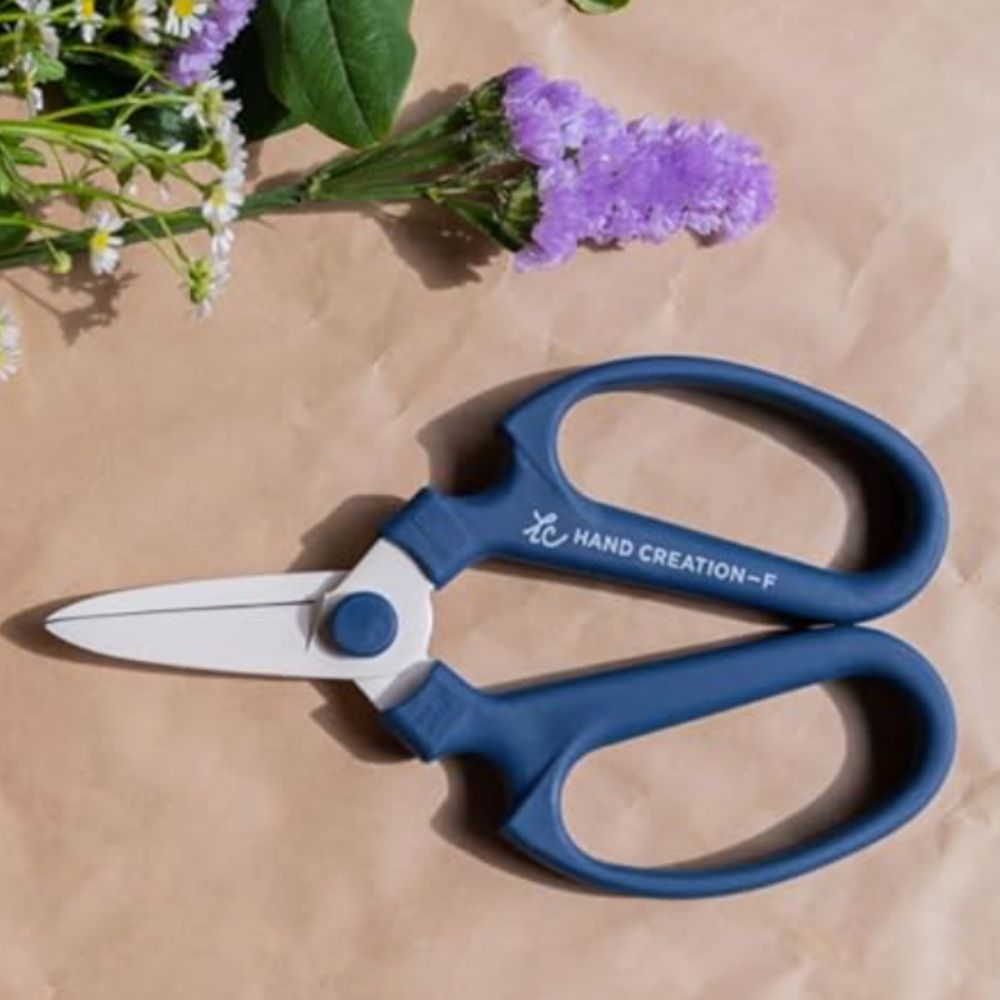
'These are my go-to scissors for flower arranging,' says Head of Gardens, Rachel Bull. Made from Japanese steel, they're lightweight and durable.
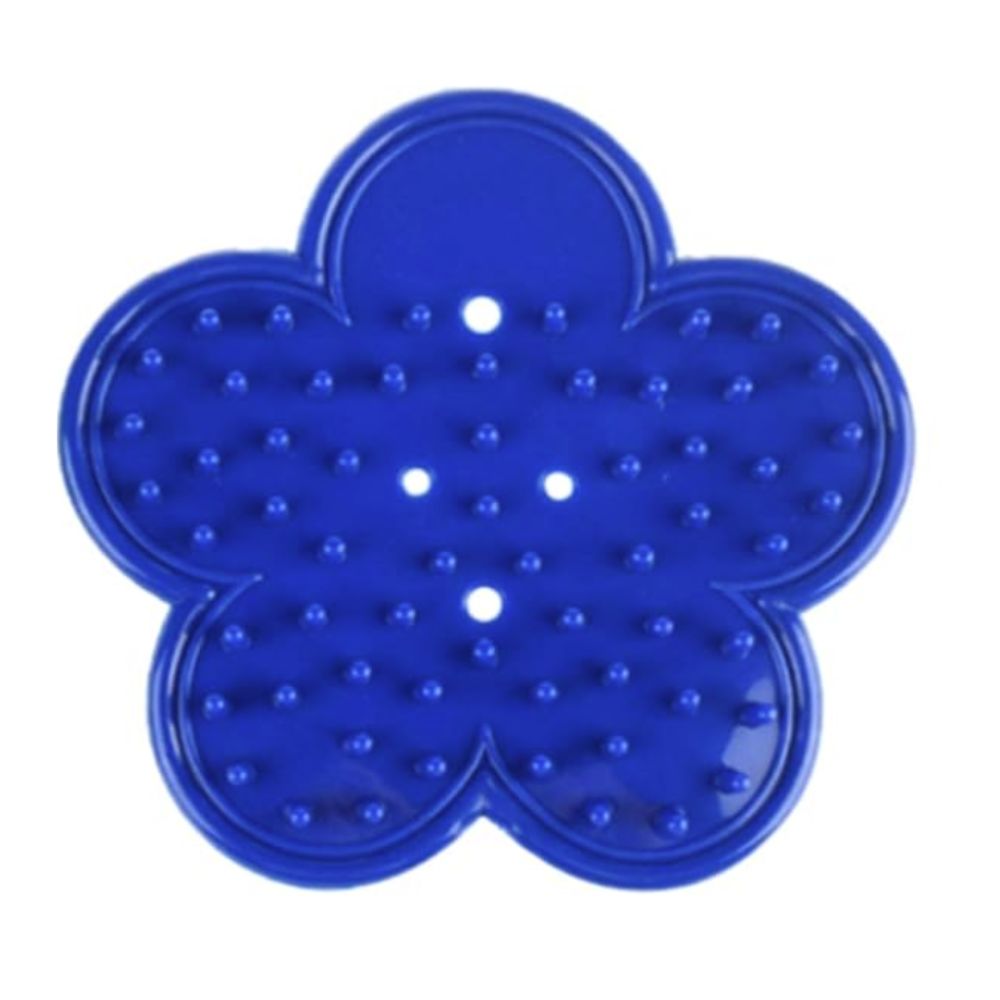
Swipe this tool along stems of roses to swiftly remove any prickly thorns pain-free to make flower arranging a breeze.
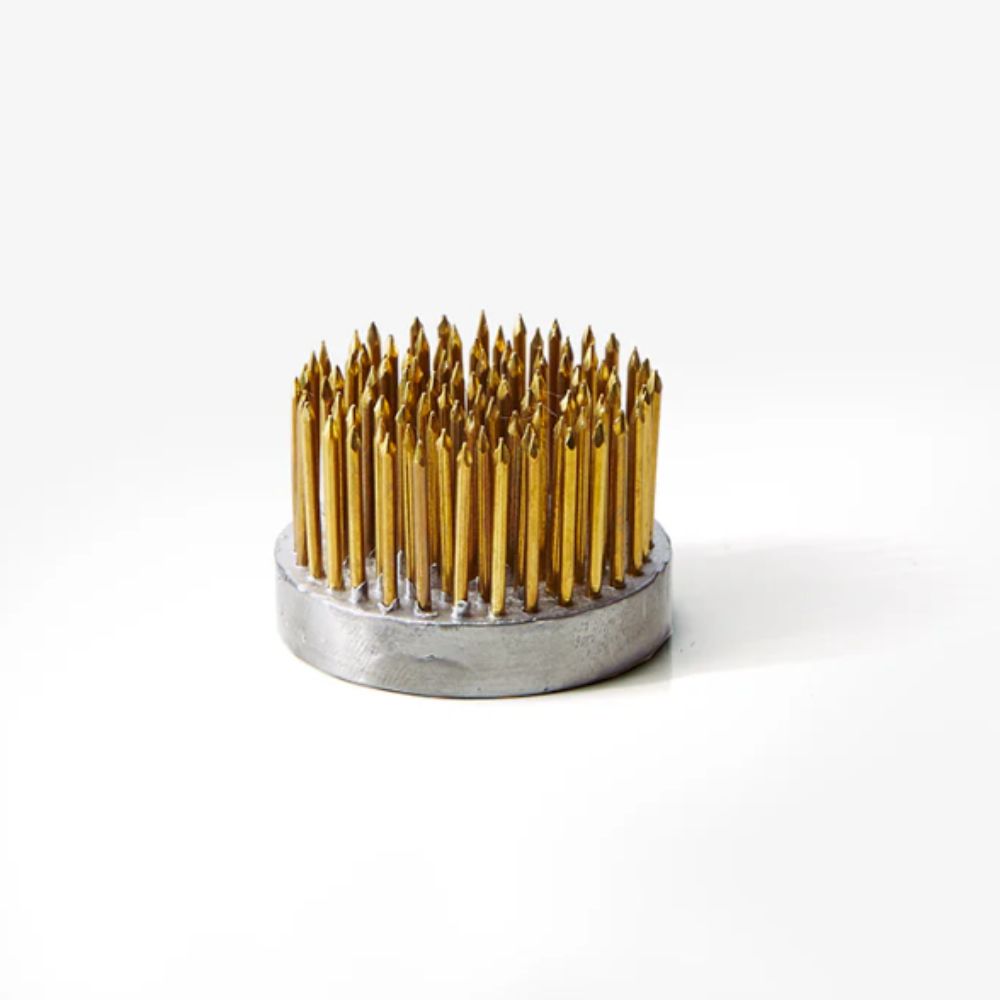
If you're looking for an eco-friendly alternative to florist's foam, these floral frogs will do the trick. They're placed at the bottom of your container to fix stems to and keep them in place.
3. Build your bouquet
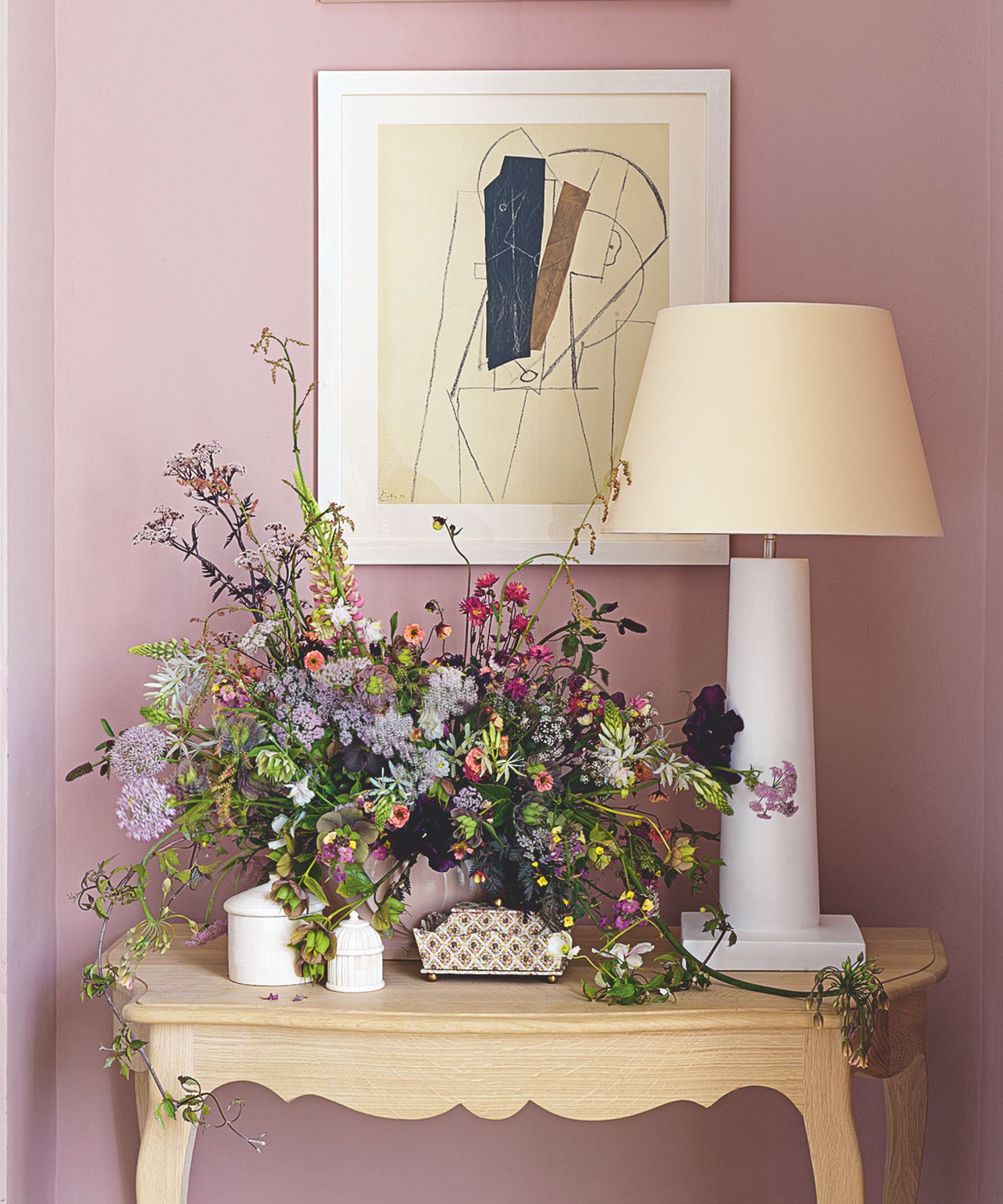
'Our bouquets always have one to three focal flowers and one to two fillers, depending on the season and what is available at the time,' says flower farm owner, May Zegarelli.
'Balance bold with delicate. Larger blooms, like peonies or hydrangea, fill and give focus to a design, while more delicate or smaller flowers like sweet pea, ranunculus or scabiosa create movement and subtle detail,' adds floral designer, Gerry Rogers.
Head of Gardens, Rachel Bull, advises, 'When you are adding your filler flowers and airy accents, try to cut these at longer lengths so that some of them can sit just above your focal and secondary flowers. It’s always lovely for some of the larger, bolder blooms to be more recessed in a design, allowing the lighter accents to come out a bit more, adding a softer texture and more movement to a design.'
Top tip: 'Never be tempted to use floral foam for arrangements as it can be really damaging to the environment. There are plenty of sustainable and eco-friendly floral foam alternatives available if you need some help to create structure,' says Rachel.
4. Add foliage
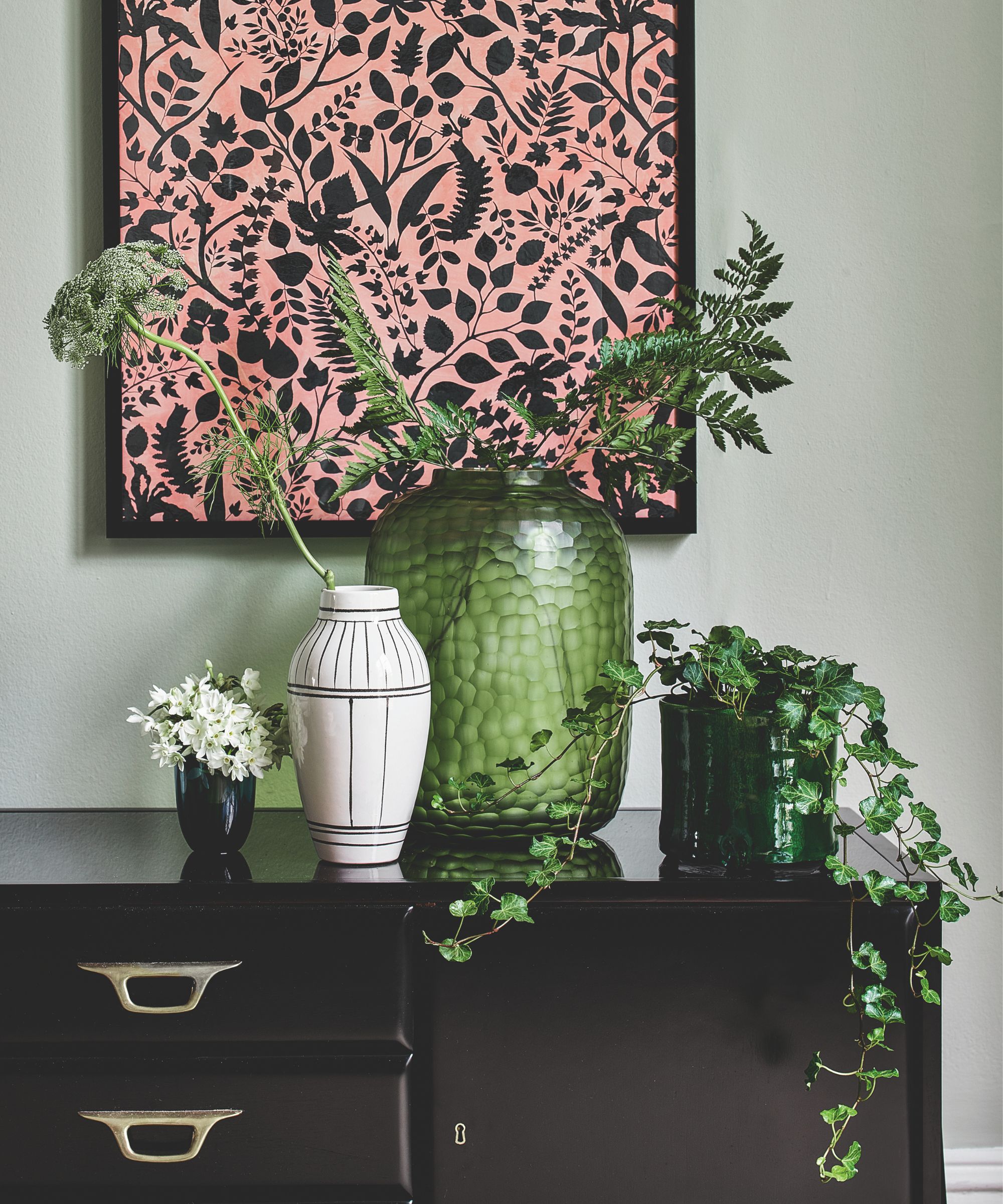
Finally, add in your greenery and foliage to give structure and flow to your display – look to your garden for seasonal inspiration, too.
'Our favorite early summer foliage is any variety of spirea and we love mahogany splendor, ninebark and smoke bush for the fall,' shares flower farm owner, May Zegarelli.
'Eucalyptus, ruscus, or even airy grasses fill in gaps and give the arrangement a little breathing room. Just make sure the greenery supports the structure and doesn’t overpower it', adds flower store owner, Adrian Aviles.
5. Maintain your arrangement
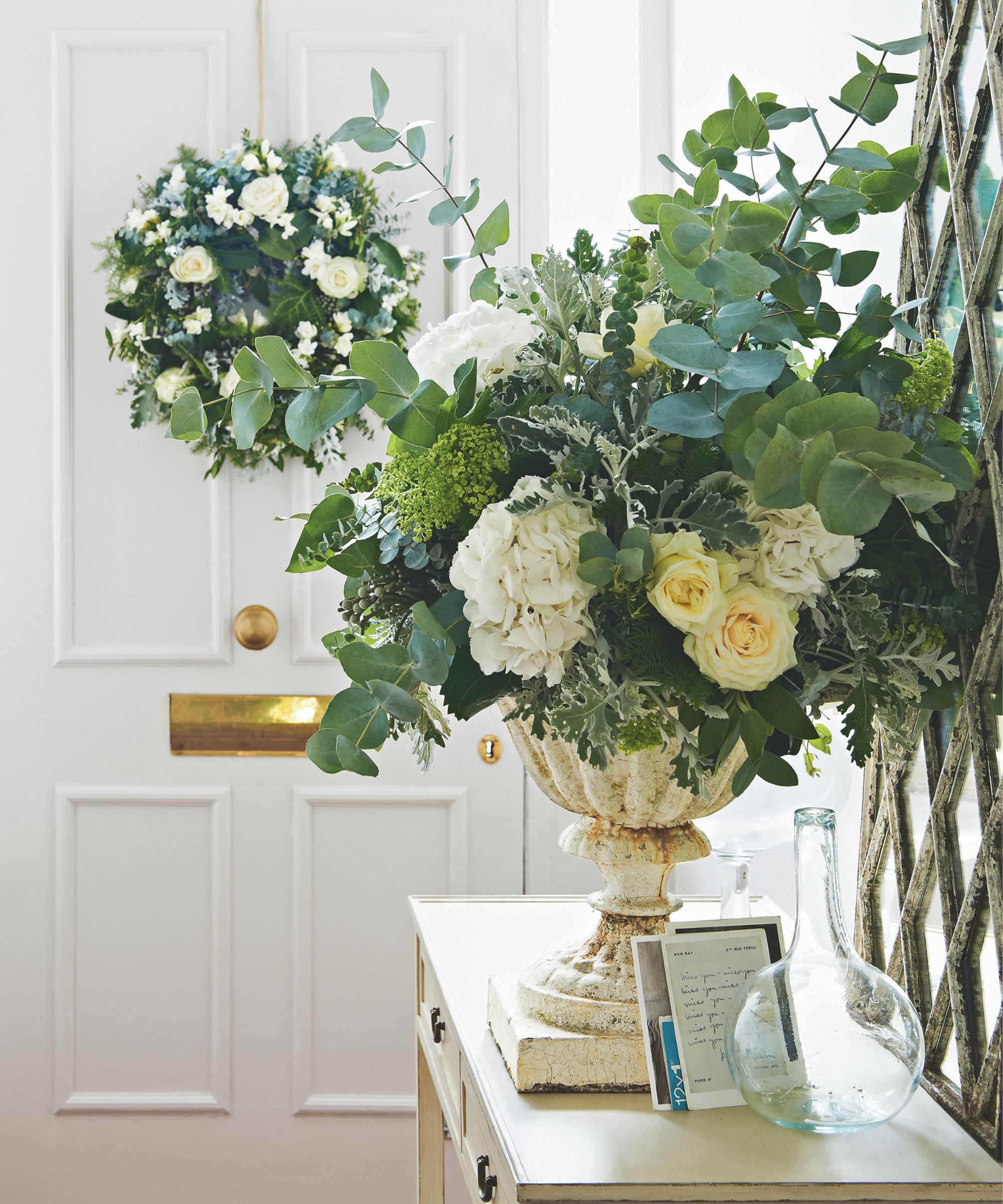
Now that you've spent time and effort creating your beautiful display, it's crucial to remember a few maintenance tips to keep it looking its best for as long as possible.
'Clean water is key, keeping your flowers out of direct sunlight and even placing them in a cool place at night will prolong the shelf life of your arrangement,' says Ocean Fog Flowers' May Zegarelli.
You can also create your own homemade flower food with a teaspoon of sugar, to help revive tired flowers, and a teaspoon of vinegar or bleach to act as an antibacterial agent (as sugar can encourage bacterial growth which will shorten the life of your flowers).
Top tip: keep fresh flowers away from fruit bowls – as fruit ripens it gives off ethylene gas, which causes flowers to prematurely wilt and wither.
Shop our favorite vases
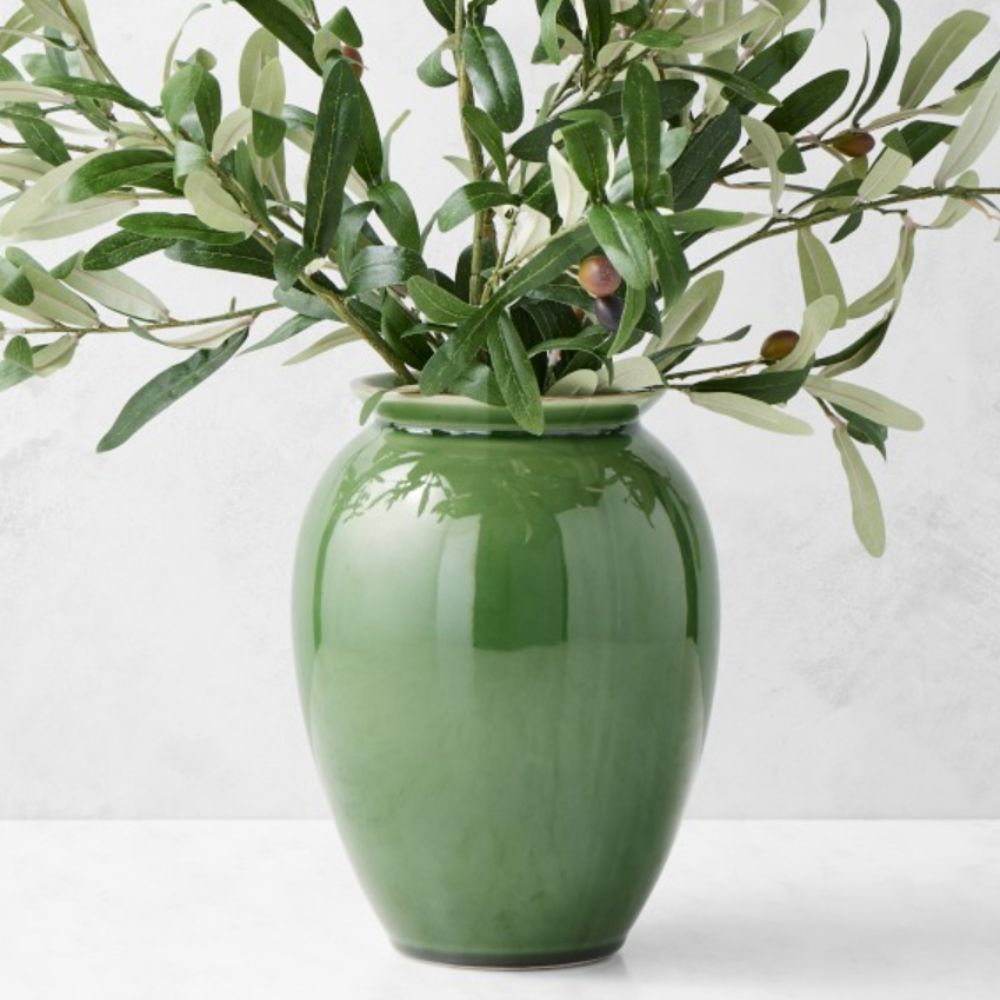
This handmade stoneware vase features a subtle green glaze and is the perfect size for those standout arrangements.
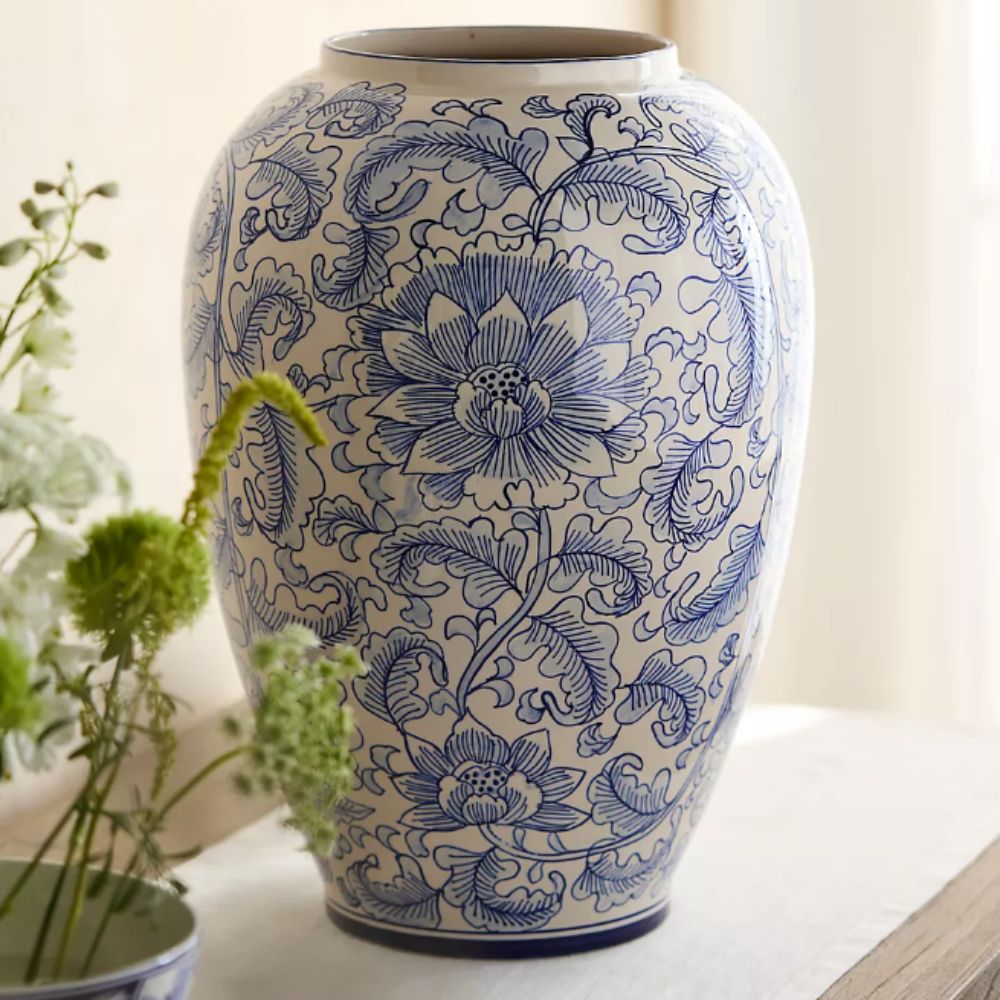
In timeless blue and white this chinoiserie print vase is a real investment piece and will be so versatile for displaying all of your arrangements.
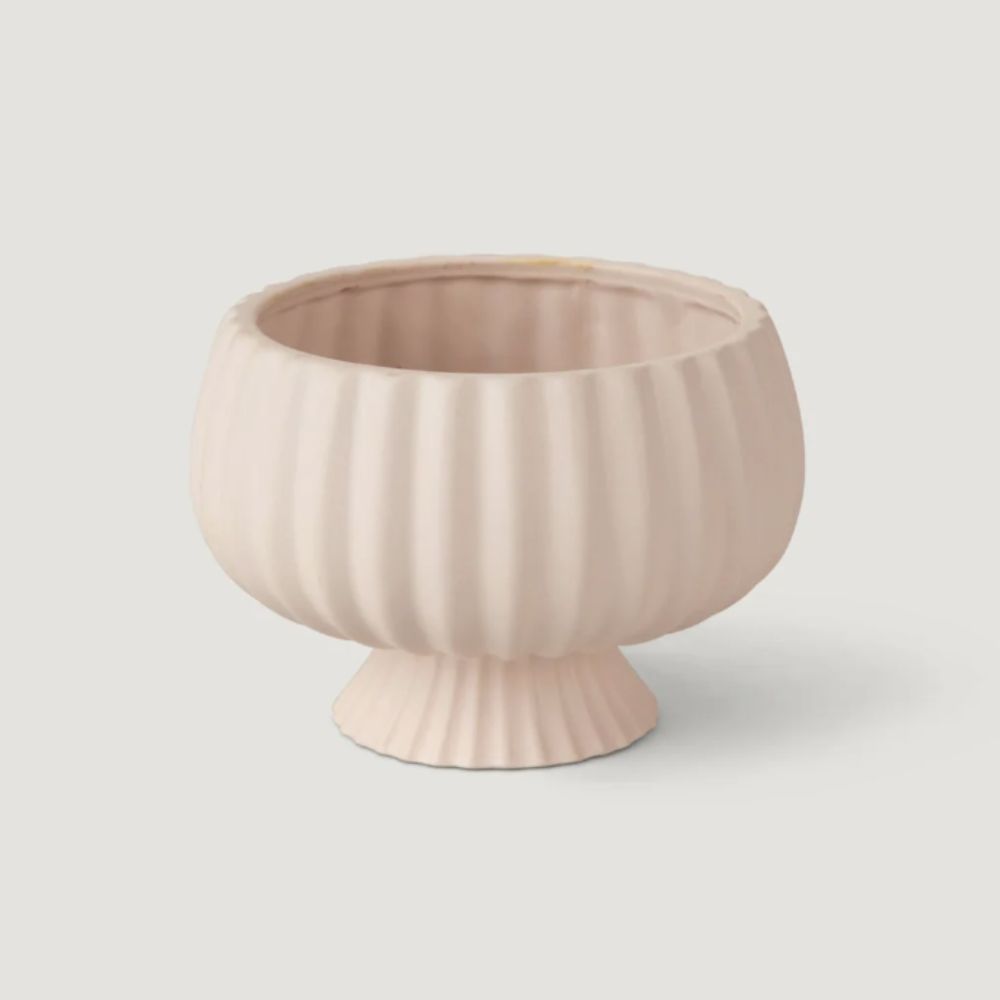
For pretty, feminine displays which spill over the edges and look a little wild and natural, a compote vase, like this one in soft pink ceramic is ideal.
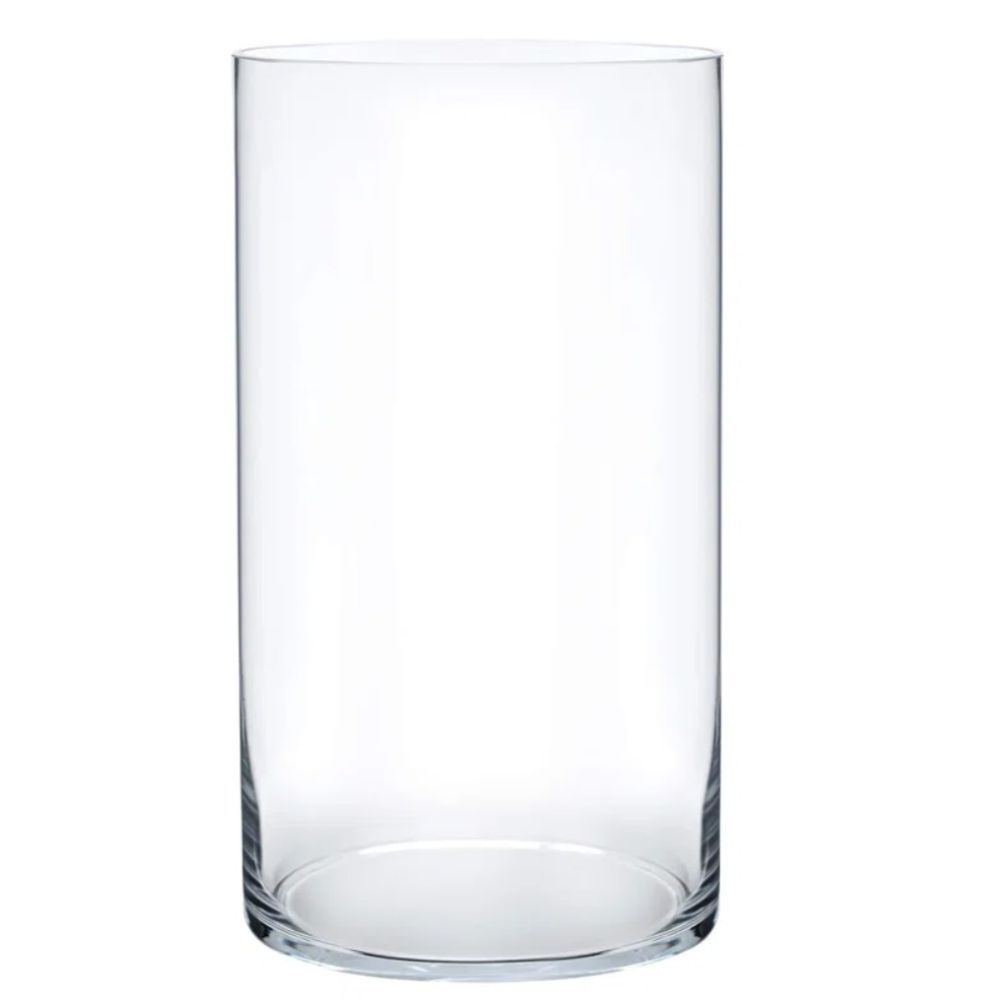
These vases come in all sizes, but we're pumping for the tallest 12" version, which will support those weaker stems and create a really modern centerpiece.

Get the Grecian look with an urn vase in classic white like this one or more rustic stone effect – they look stunning with flowers tumbling over the rim.
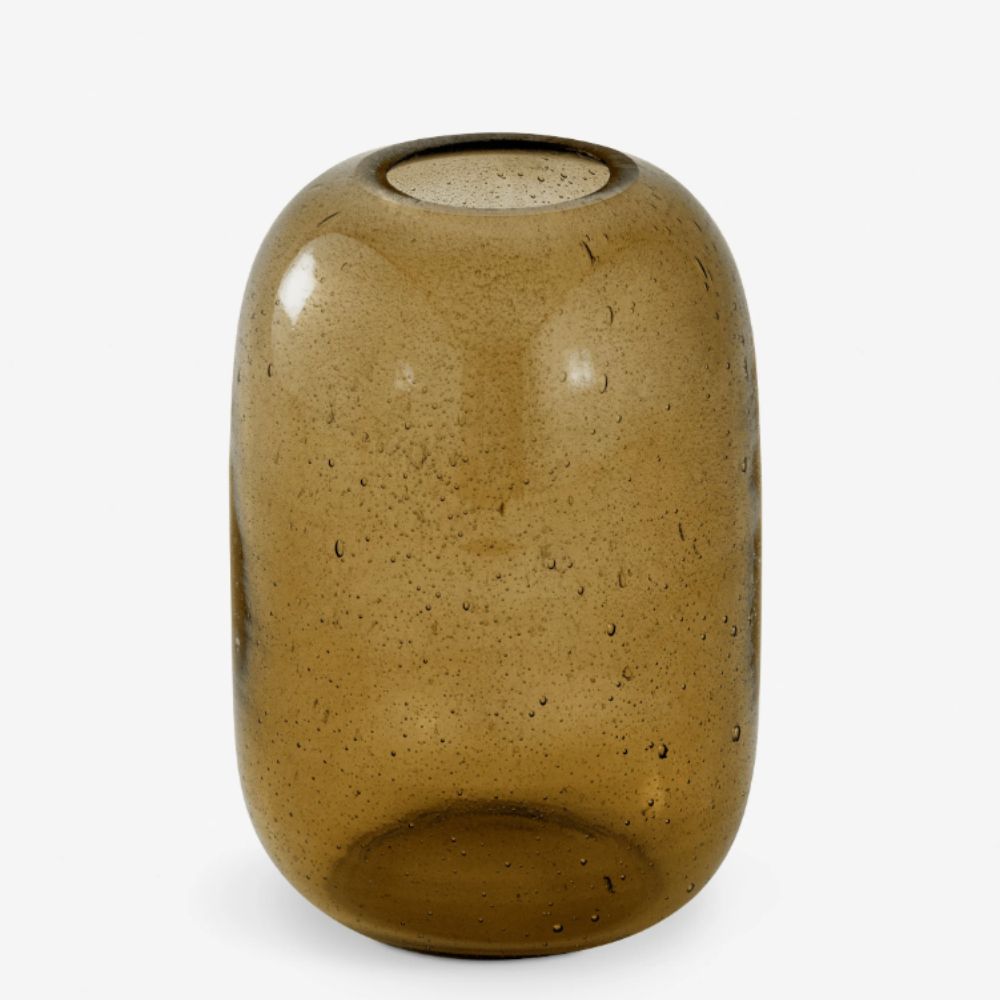
This vintage style vase in amber glass with bubble detail lends a soft silhouette which will be enhanced by your beautifully arranged blooms.







